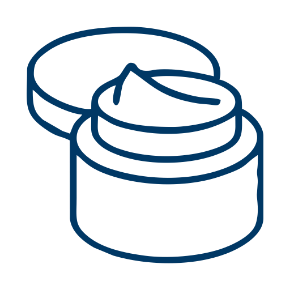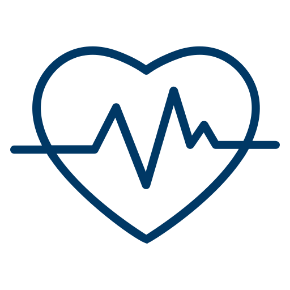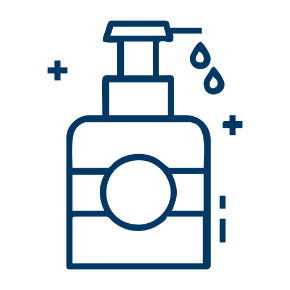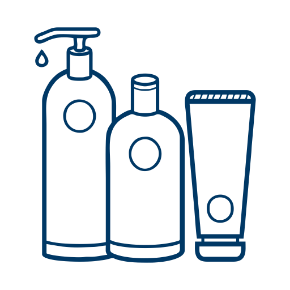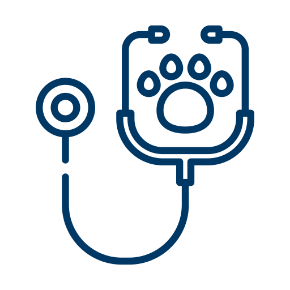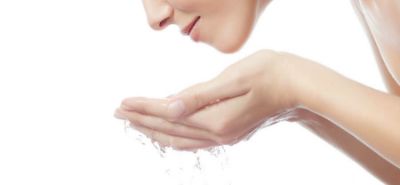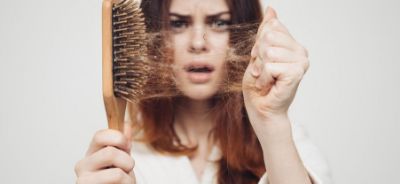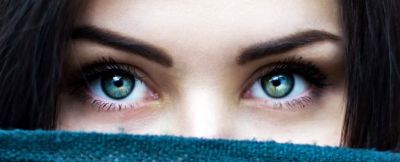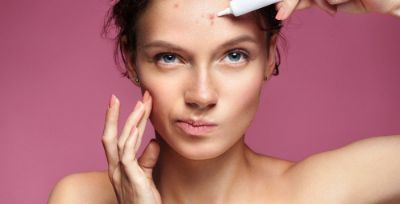Ticks can be a big problem for pets and their owners. But you can stay ahead of the game by knowing what to look out for and using a product to help protect your pet.
Know your ticks
Ticks are tiny parasites related to spiders that feed on the blood of mammals and birds. They can be found anywhere in the world that wildlife live – particularly in the countryside grazed by sheep or deer – but also in town parks and even residential gardens. While ticks may only be a couple of millimeters long before they feed, they can grow to nearly a centimeter as they feast on blood. They can’t fly, but use what is known as “questing” behaviour. They climb to the top of a grass blade or other vegetation, extend their front legs, and latch onto your dog (or you!) as it passes by.
The hazards posed by ticks
Tick bites are hard to feel as a tick’s saliva has an anesthetizing effect. They often don’t even cause your dog to scratch. This means that unless you see the tick, you probably won’t know your dog has been bitten. Ticks are known to carry many diseases, including Lyme Disease, Canine Babesiosis, Ehrlichiosis or Anaplasmosis. They can transmit these diseases to dogs and, in some cases, to humans with a single bite. All of these diseases can cause a range of symptoms such as loss of appetite, fever, lameness, swollen joints and swollen lymph nodes, and can lead to serious health problems if left untreated.
Veterinarians and public health professionals throughout the world know the dangers of tick-borne diseases. The distribution of these diseases is increasing due to climate change and increased travel for pets. There are more cases in areas where the disease had not previously been found. Dogs imported from endemic areas are of particular concern for spread of a disease.
Ticks spend the bulk of their life cycle outdoors and their development and survival depend on the climate. The effects of climate change on ticks can be seen in a 30-year study conducted in Sweden, which showed a clear expansion of the parasite’s distribution range towards northern latitudes.1 Climate change means that ticks previously unseen in some regions might start to appear, along with the diseases that they can carry.
What about cats?
Tick-borne diseases in cats are much less common, but ticks can still cause problems. Ticks, as well as fleas, can also transmit a disease called Feline Infectious Anemia. This is a bacterial infection, which can lead to severe anaemia. Other serious diseases that can be transmitted from ticks to cats include Cytauxzoonosis, Tularemia, Babesiosis, Ehrlichiosis and Lyme disease. Therefore, tick protection is still important for cats. On one hand, you protect your furry friend from unpleasant parasites and the transmission of diseases. On the other hand, you will protect yourselves and your family because some tick-borne diseases can also have zoonotic consequences.
Vectors, and diseases that they may transmit, are different in different parts of the world. This is important to consider when pets travel or when pets are imported. Always ask your vet for advice before your travel abroad. See video from Ian Wright for more information.
Stopping ticks in their tracks
As a dog owner, you do everything to keep your friend healthy and happy and protect him or her from getting sick. But tick-borne diseases can be difficult to treat, and early recognition and treatment is important. You should always consult a doctor or vet if you are concerned about a member of your family, including your pet.
It is essential for pet owners to know that parasite protection is not optional. Repelling ticks before they have any opportunity to bite and transmit diseases can go a long way towards ensuring the health of a pet. This means that the correct use of effective tick protection is now more important than ever before and plays a key role in keeping pets safe.
Contact your local veterinarian for information and advice on effective parasite protection to ensure the health and well-being of your pet. This includes general preventative measures of pet owners. However, limiting exposure to ticks is currently the most effective method of prevention.

